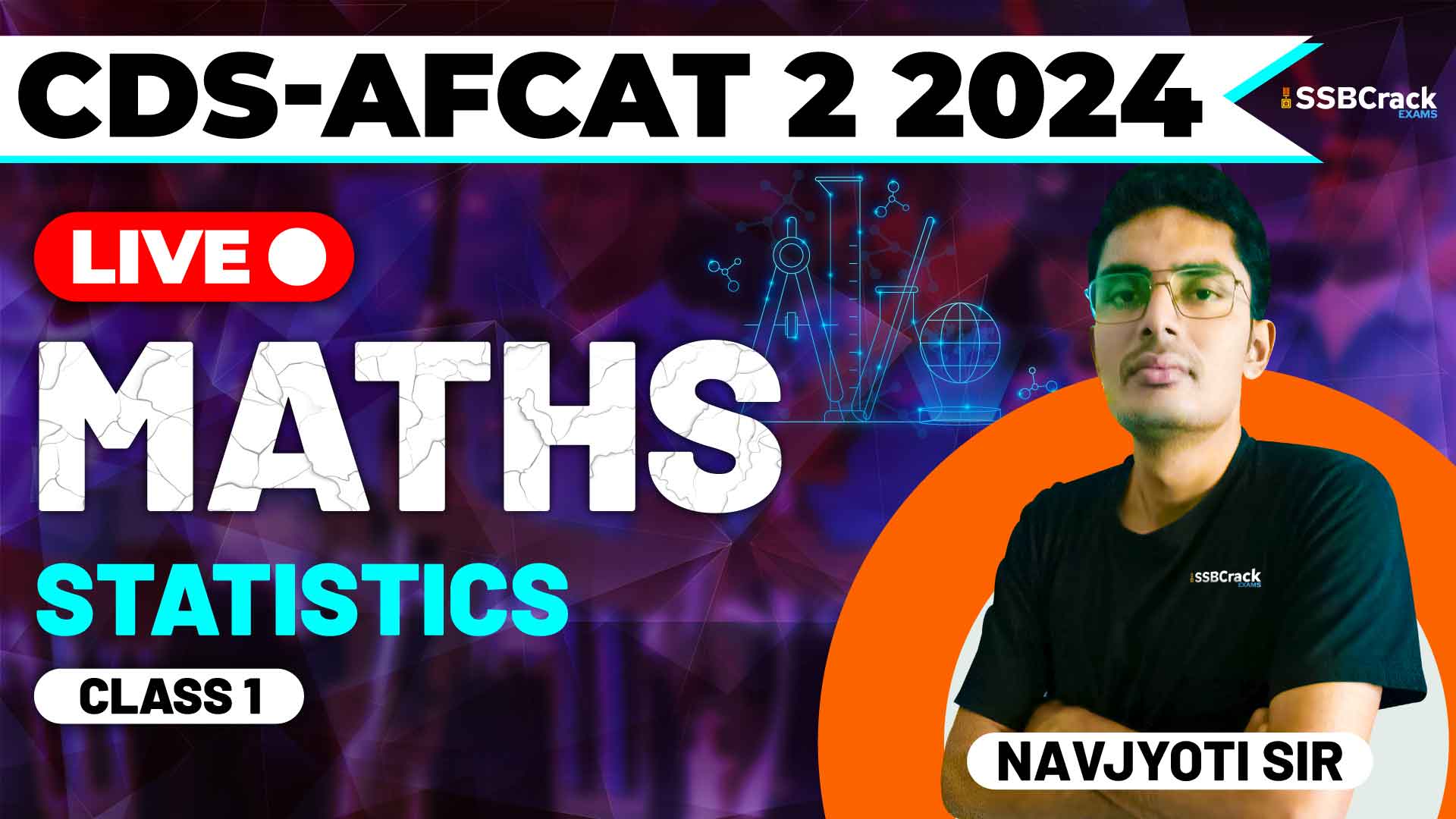Statistics is a crucial component of the mathematics syllabus for competitive exams like the Combined Defence Services (CDS) and Air Force Common Admission Test (AFCAT). A recent class dedicated to this topic delved into various statistical concepts, ranging from types of data to measures of central tendency and data representation. This article highlights the key takeaways from the class, emphasizing essential concepts and strategies for mastering statistics for these exams.
The Importance of Statistics in Competitive Exams
Statistics plays a significant role in the mathematics sections of CDS and AFCAT exams. It involves collecting, analyzing, interpreting, presenting, and organizing data. A solid grasp of statistical principles is not only crucial for exam success but also enhances analytical thinking and data interpretation skills, which are valuable in many fields.
Types of Data
Understanding the different types of data is essential for any statistical analysis. The class covered:
- Primary and Secondary Data:
- Primary Data is data collected firsthand for a specific purpose.
- Secondary Data is data that has already been collected by someone else for another purpose.
- Raw and Grouped Data:
- Raw Data is unorganized and collected in its original form.
- Grouped Data is data that has been organized into groups or categories.
- Discrete and Continuous Data:
- Discrete Data can only take specific values (e.g., the number of students in a class).
- Continuous Data can take any value within a given range (e.g., the height of students).
Measures of Central Tendency
Measures of central tendency are statistical measures that describe the center point of a data set. The class covered the three main measures:
- Mean: The average of all data points.
- Median: The middle value when data points are arranged in ascending or descending order.
- Mode: The most frequently occurring value in a data set.
Representing Data
Data representation is a critical aspect of statistics, making it easier to understand and interpret data. The class discussed various methods of representing data visually:
- Bar Graph: Uses rectangular bars to represent data values.
- Pie Chart: A circular chart divided into sectors representing proportions.
- Histogram: Similar to a bar graph but used for continuous data, with bars representing frequency distributions.
- Frequency Polygon: A line graph that shows the frequency of data points.
- Cumulative Frequency Curve (Ogive): Shows cumulative frequencies for data points, with two types:
- Less than Ogive: Plots cumulative frequency against the upper class boundary.
- More than Ogive: Plots cumulative frequency against the lower class boundary.
Advanced Concepts
In addition to the basic statistical measures and data representation techniques, the class also explored advanced topics like geometric and harmonic means and their relationships with the arithmetic mean.
- Geometric Mean: The nth root of the product of n numbers.
- Harmonic Mean: The reciprocal of the arithmetic mean of the reciprocals of the data points.
Relationship between Means
Understanding the relationship between arithmetic, geometric, and harmonic means is crucial for solving complex statistical problems. The class emphasized how these means are interconnected and how they can be used in various contexts.
Strategies for Solving Statistical MCQs
The class highlighted several effective strategies for tackling statistical MCQs:
- Understand the Concepts: Ensure a clear understanding of statistical terms and their applications.
- Practice Regularly: Consistent practice of various MCQs helps in familiarizing with different question types and improves problem-solving speed.
- Use Visual Aids: Drawing charts or graphs can aid in better understanding and accurate solution derivation.
- Review Mistakes: Analyzing errors made during practice helps in identifying weak areas and avoiding similar mistakes in the future.
Conclusion
Mastering statistics is essential for success in the CDS and AFCAT exams. The recent class provided a thorough understanding of key statistical concepts such as types of data, measures of central tendency, and data representation techniques, along with advanced topics like geometric and harmonic means. By focusing on these areas and practicing regularly, students can significantly enhance their performance in the mathematics section of these competitive exams.
Consistent practice, a clear grasp of fundamental concepts, and strategic problem-solving are the keys to excelling in statistics. With dedicated preparation and a strong understanding of statistical principles, students can approach the CDS and AFCAT exams with confidence and achieve their desired results.



















